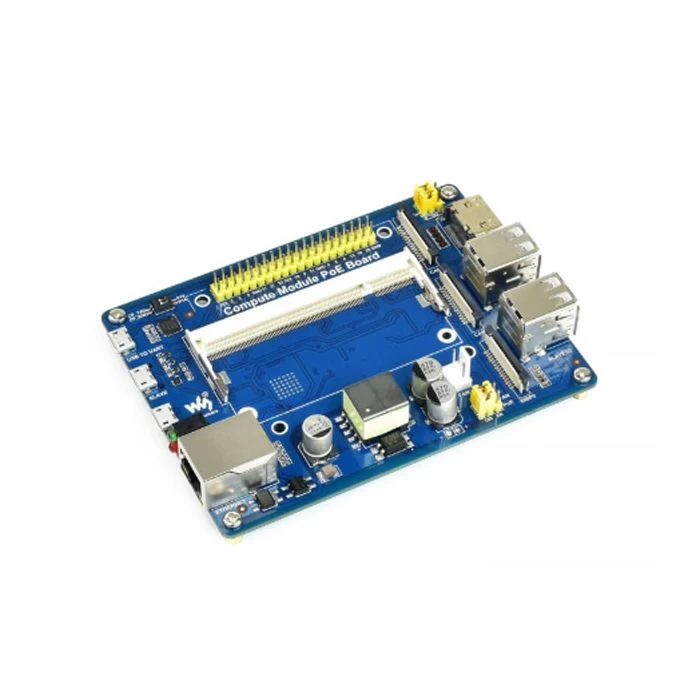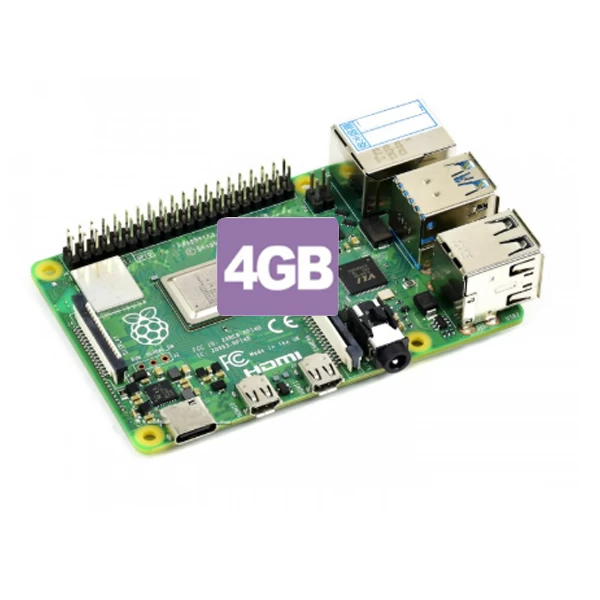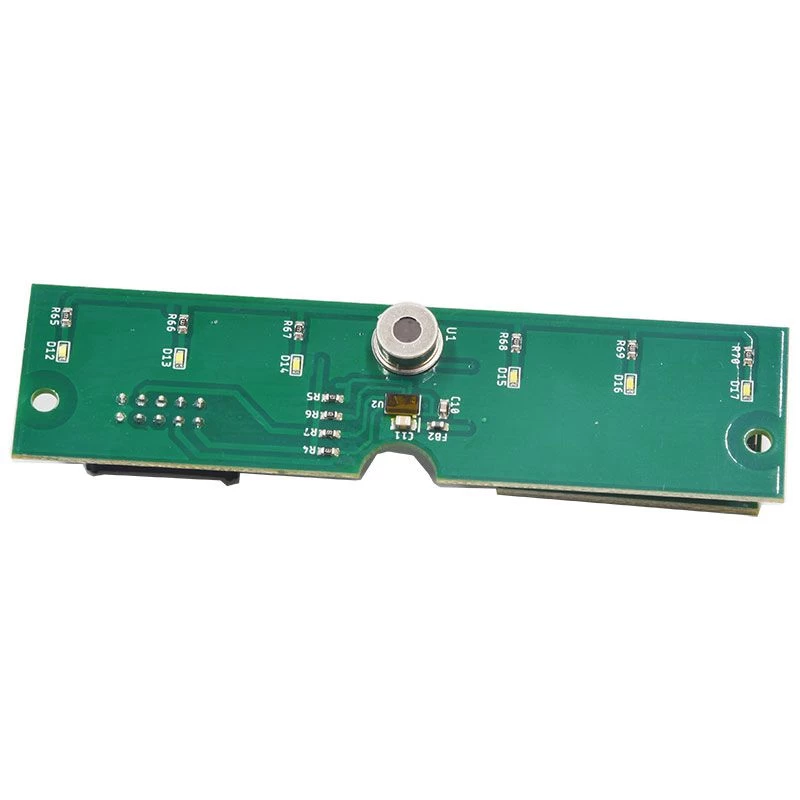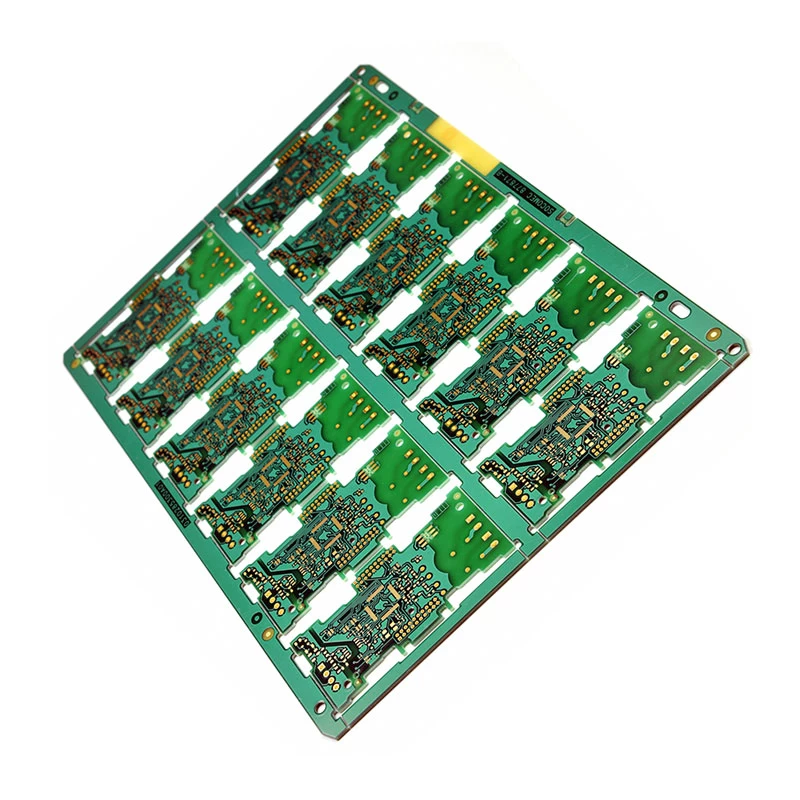Lamination process of PCB multilayer board

OEM Pcb prototype manufacturer china
Printed circuit boards supplier
With the development of technology and the upgrading of electronic products, single-sided PCBs have been unable to meet the demand, and the use of multilayer PCBs is growing. In the manufacture of multilayer PCBs, lamination is a very important process and it is necessary to understand it.
Lamination, as the name implies, is the process of bonding layers of thin layers into a single unit. The whole process includes kiss pressure, full pressure and cold pressure. During the kiss pressure phase, the resin wets the bonding surface and fills the voids in the line, then enters full pressure to bond all voids. The so-called cold pressing is to make the circuit board cool quickly and keep the size stable.
The lamination process requires attention. First of all, in the design, the inner core board must meet the lamination requirements, mainly the thickness, the outer dimensions, the positioning holes, etc., which need to be designed according to the specific requirements, and the inner core board as a whole. No open, short, open circuit, no oxidation, no residual film.
Secondly, when the multi-layer board is laminated, the inner core board needs to be processed, and the treatment process has black oxidation treatment and browning treatment. The oxidation treatment forms a black oxide film on the inner layer copper foil, and the browning process forms an organic film on the inner layer copper foil.(Printed circuit board in china )
Finally, when laminating, you need to pay attention to the three major problems of temperature, pressure and time. The temperature is mainly concerned with the melting temperature and curing temperature of the resin, the set temperature of the hot plate, the actual temperature of the material, and the change in the temperature of the temperature rise.
These parameters need attention. As for the pressure, it is the basic principle to fill the interlayer voids with resin and drain the interlayer gases and volatiles. The time parameters are mainly the control of the pressurization timing, the control of the temperature rise timing, and the gel time.
































